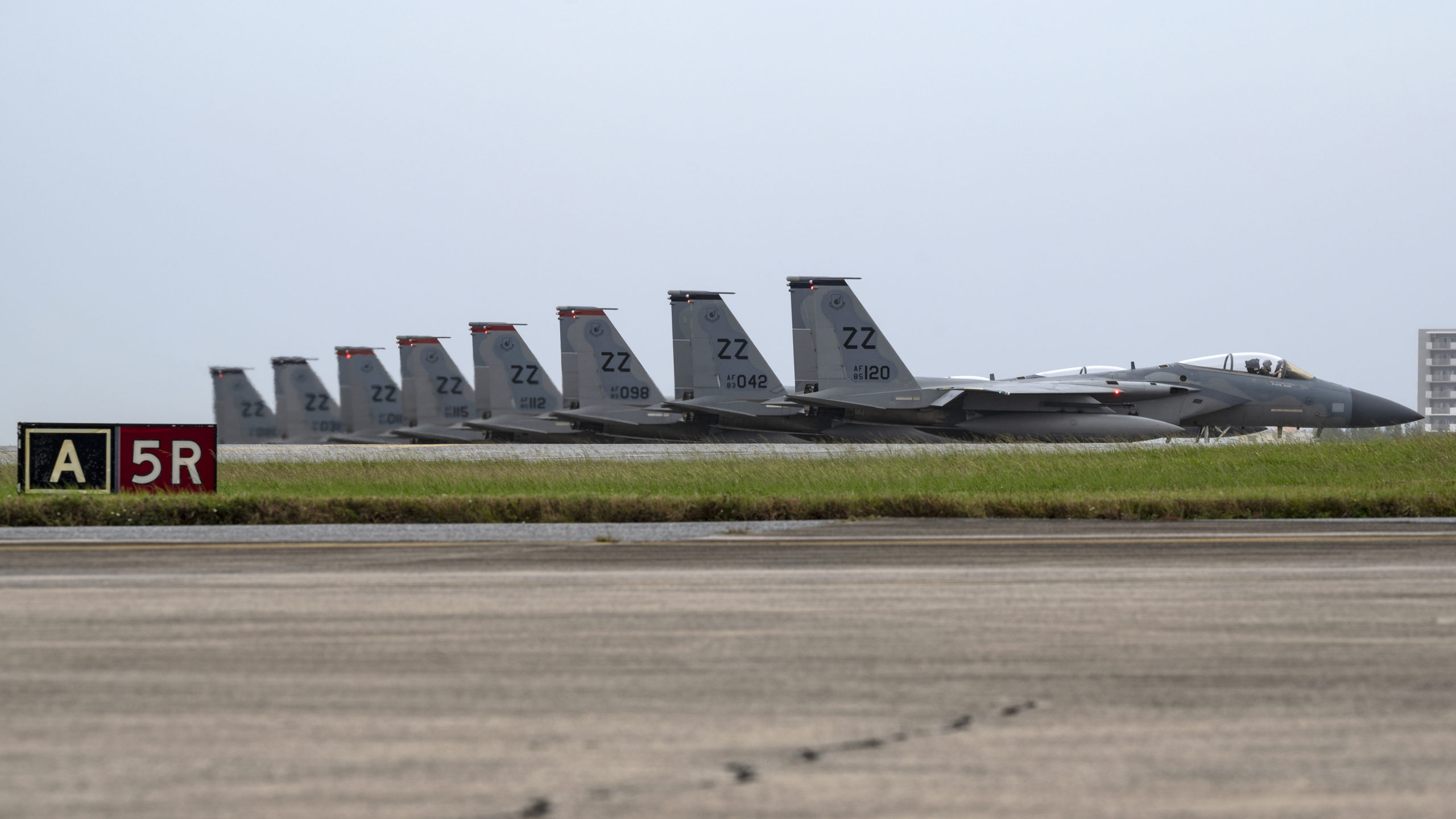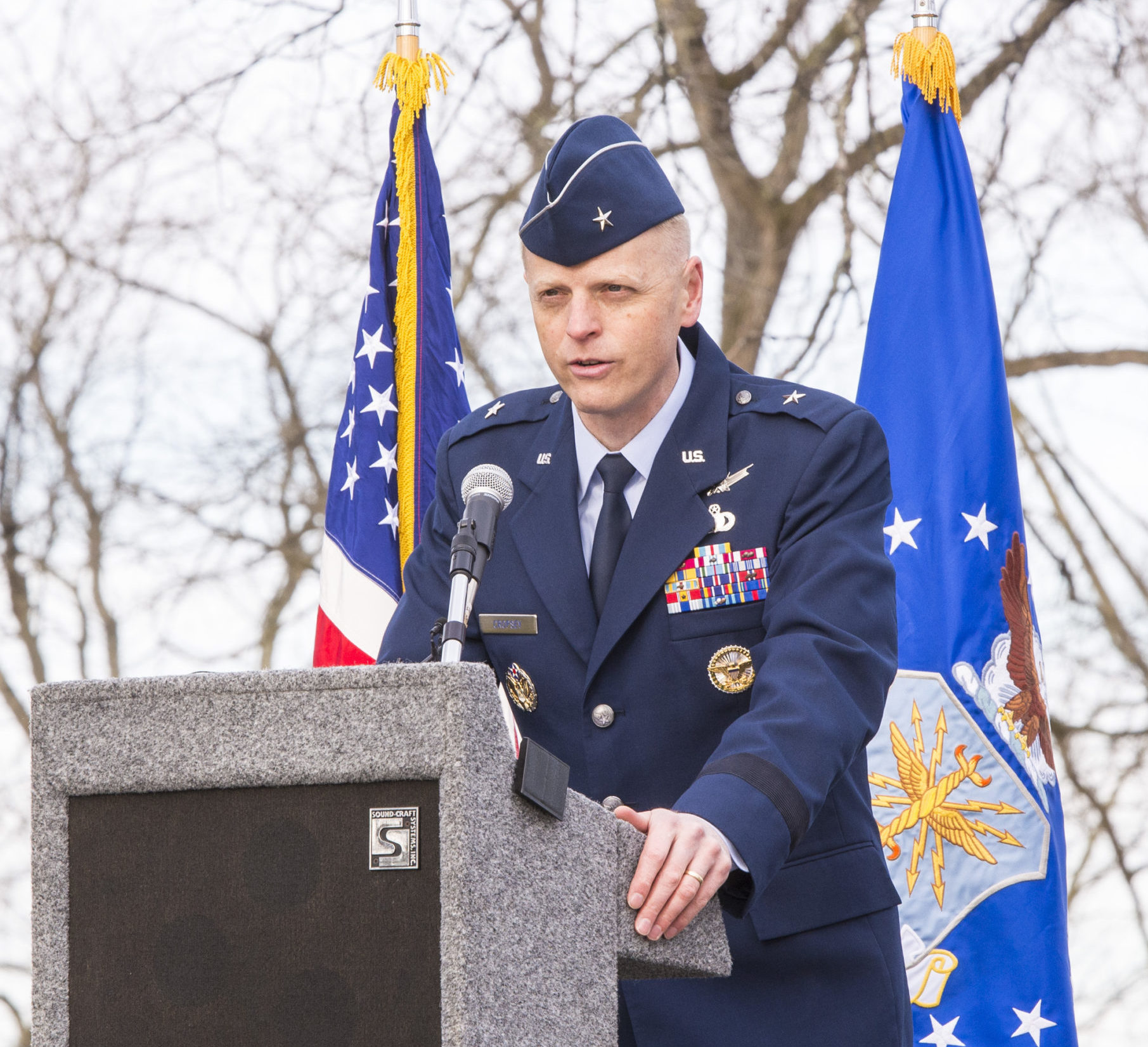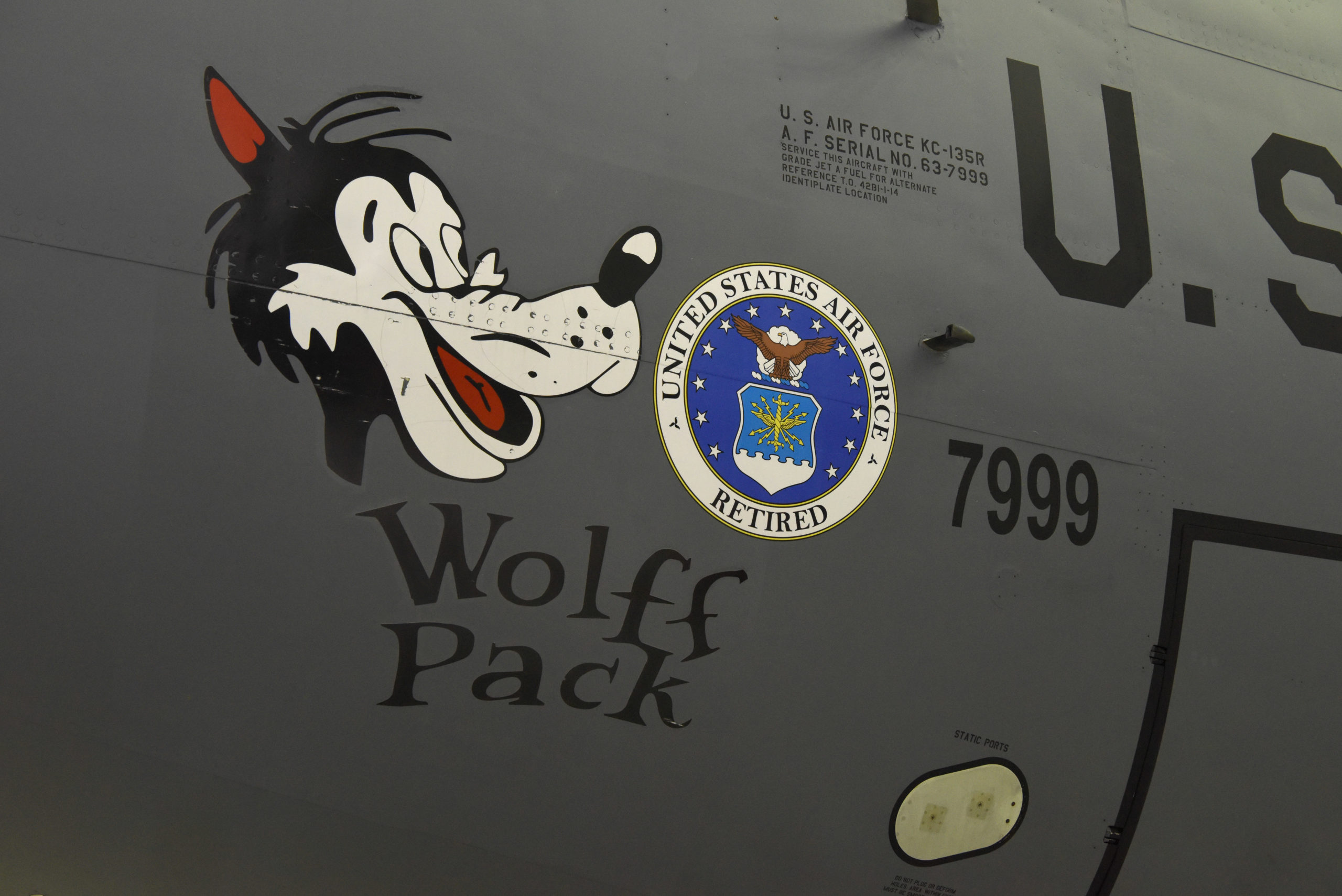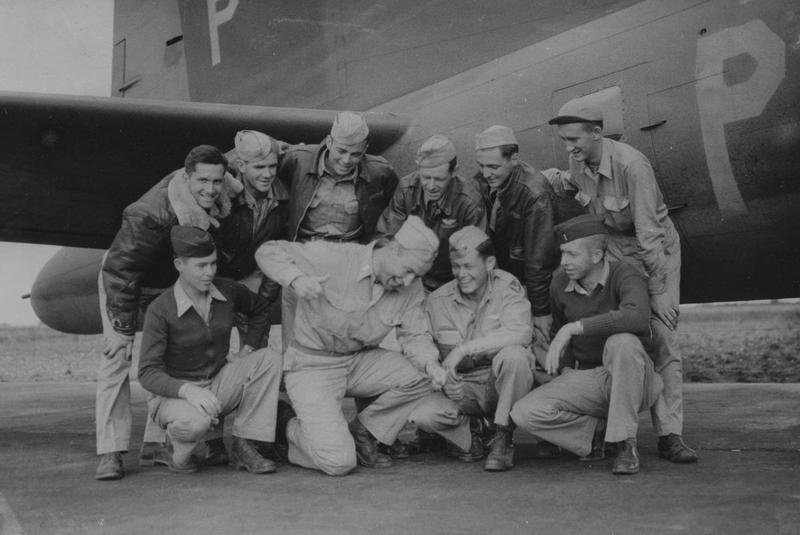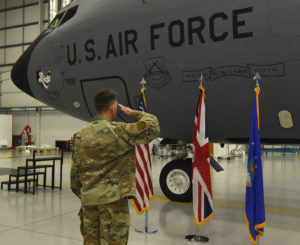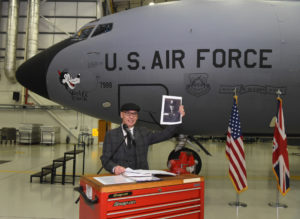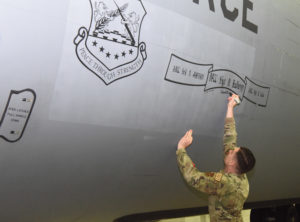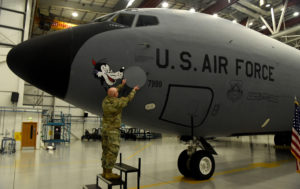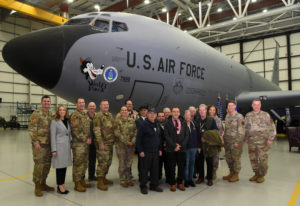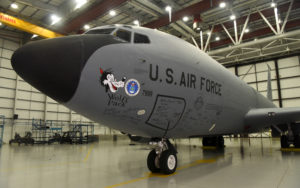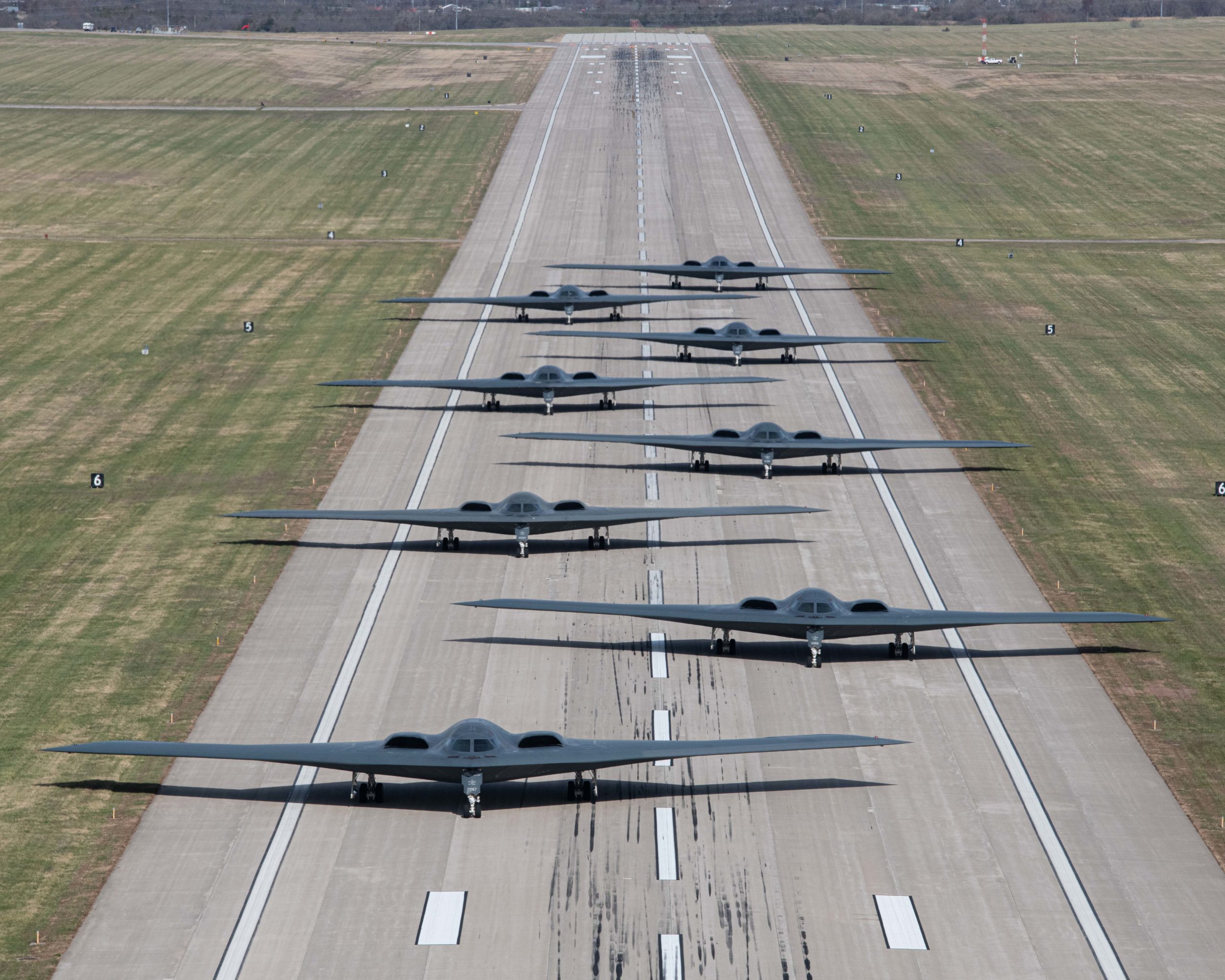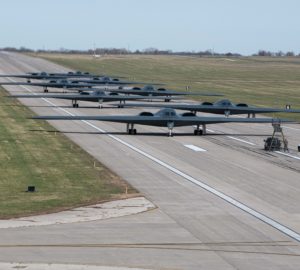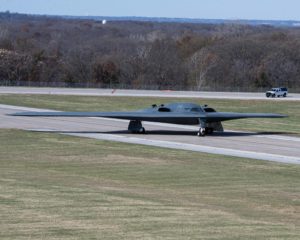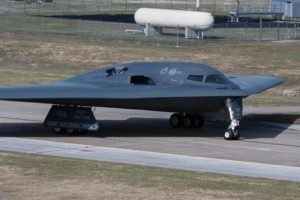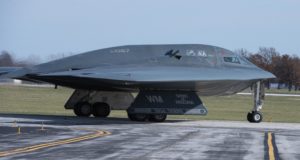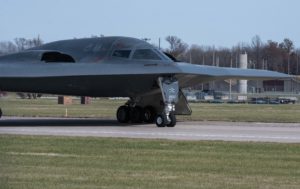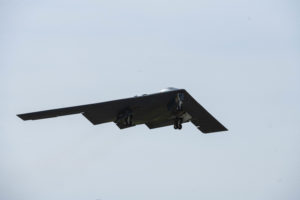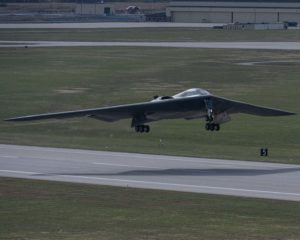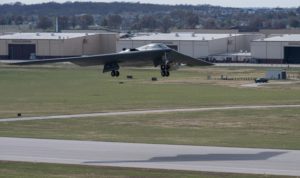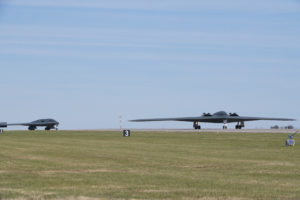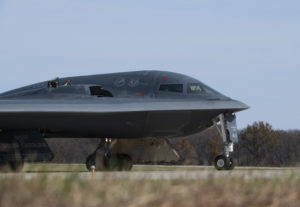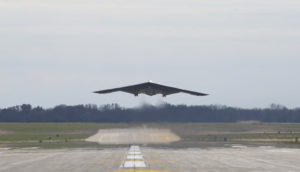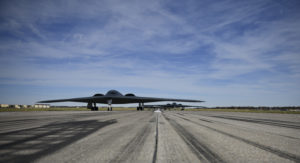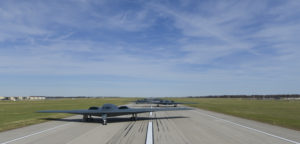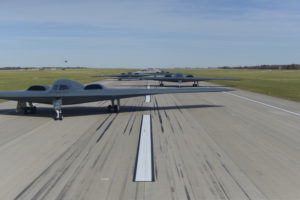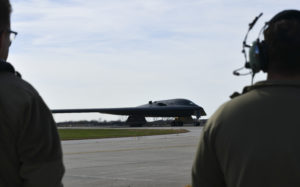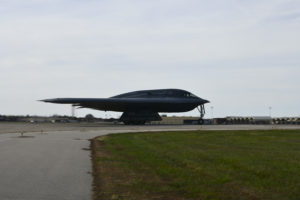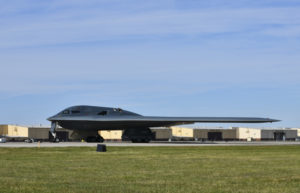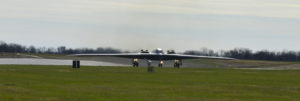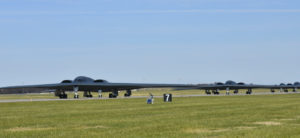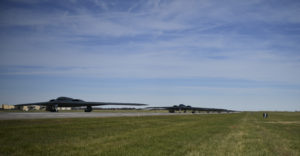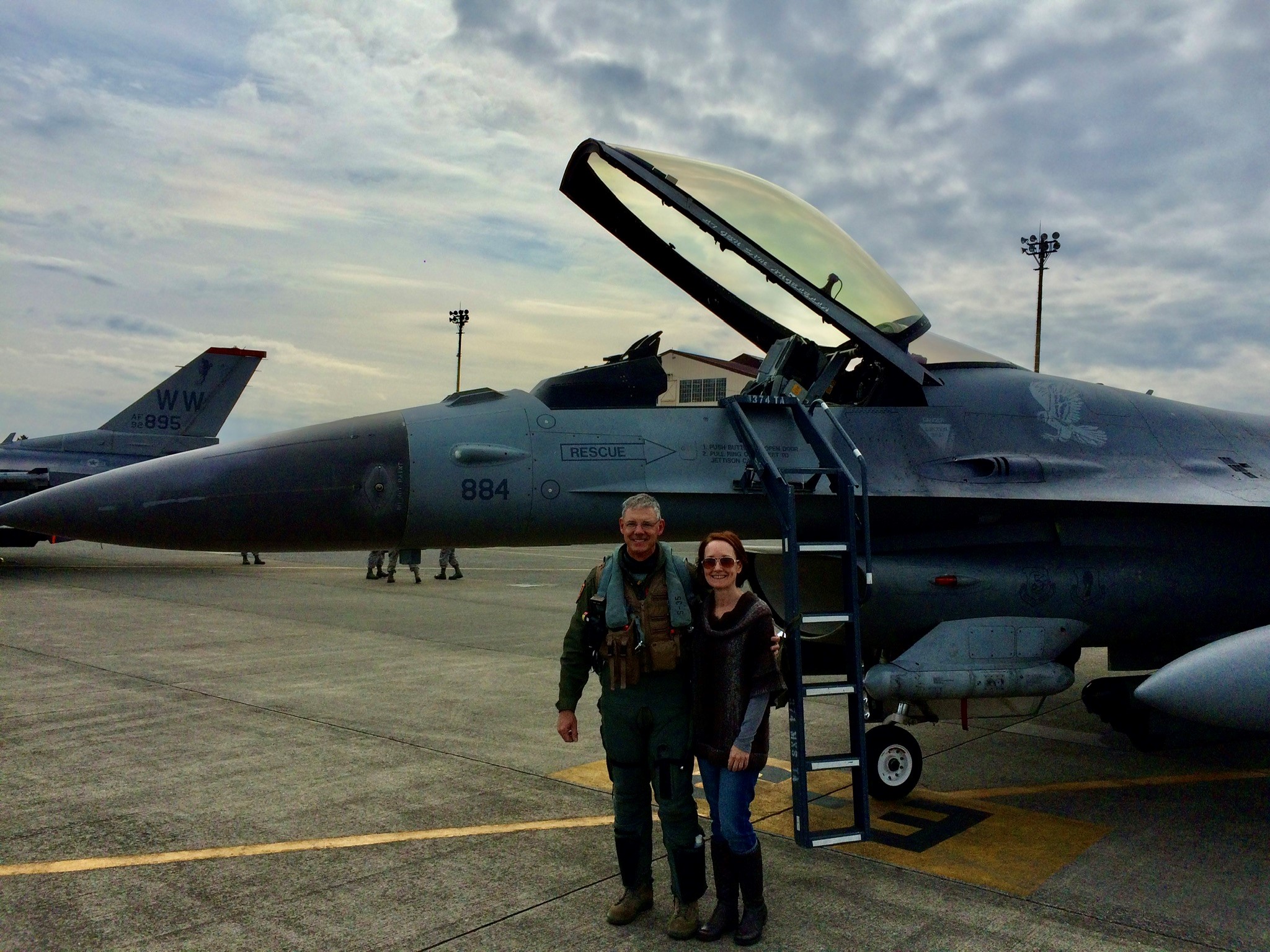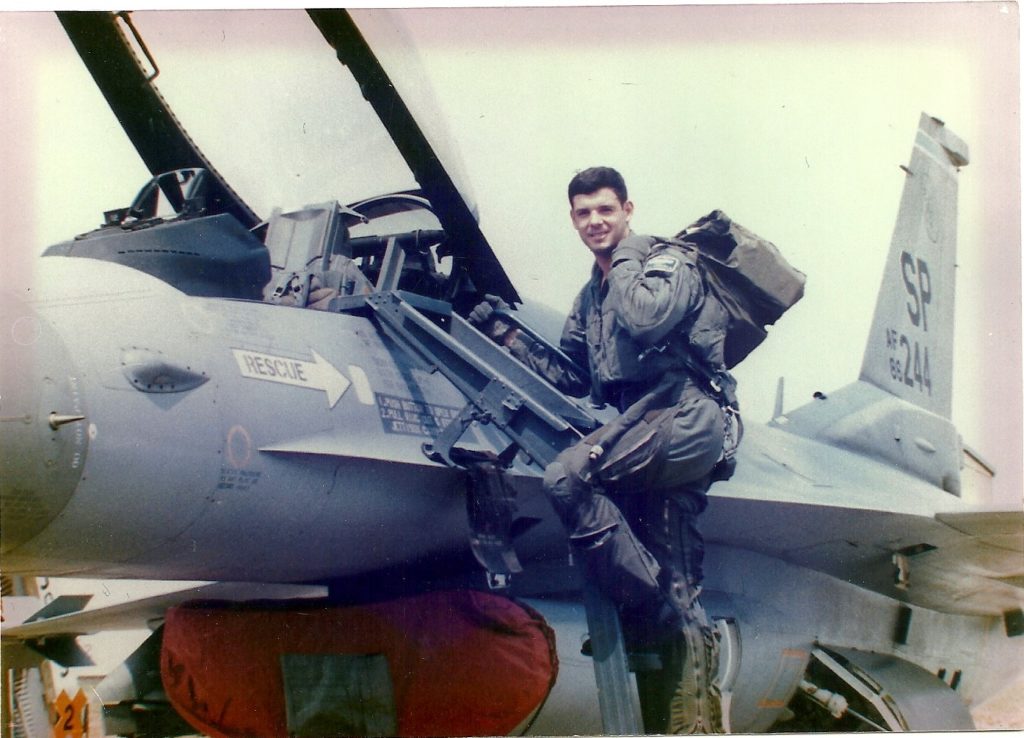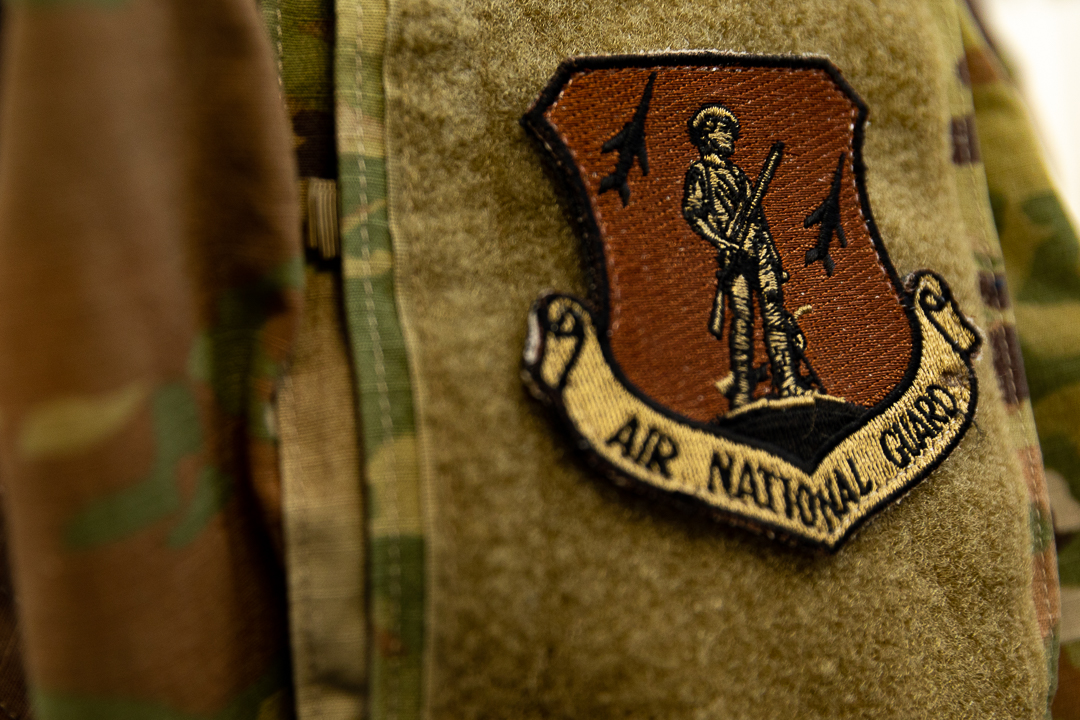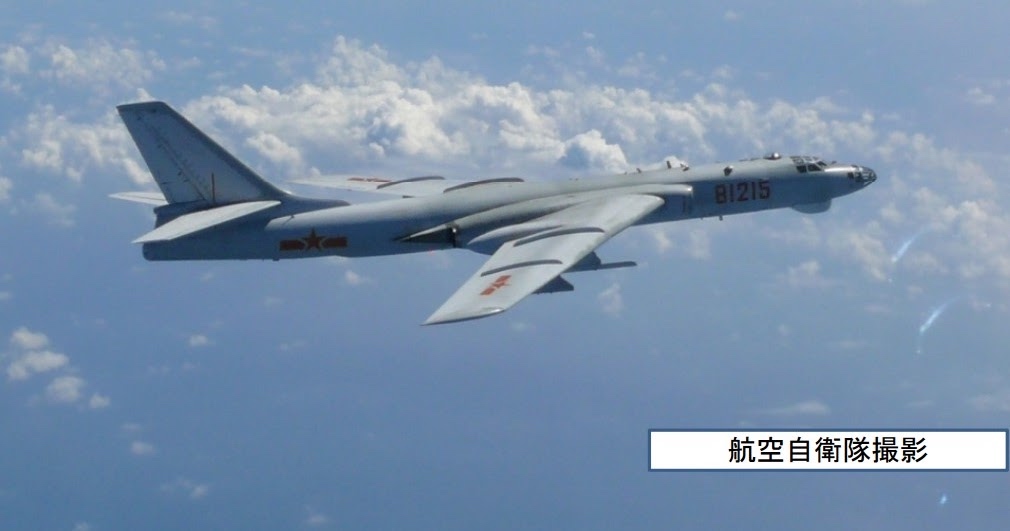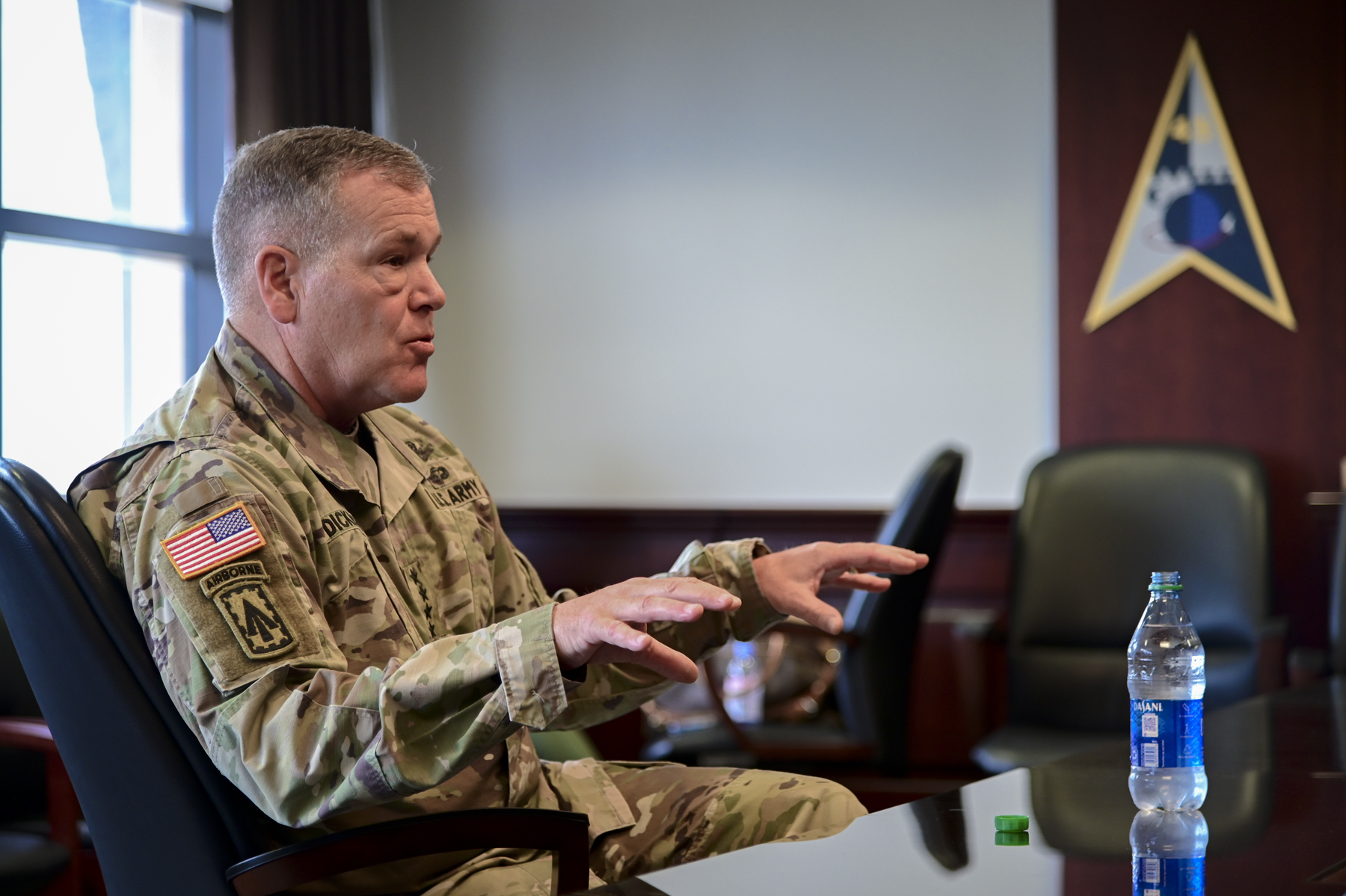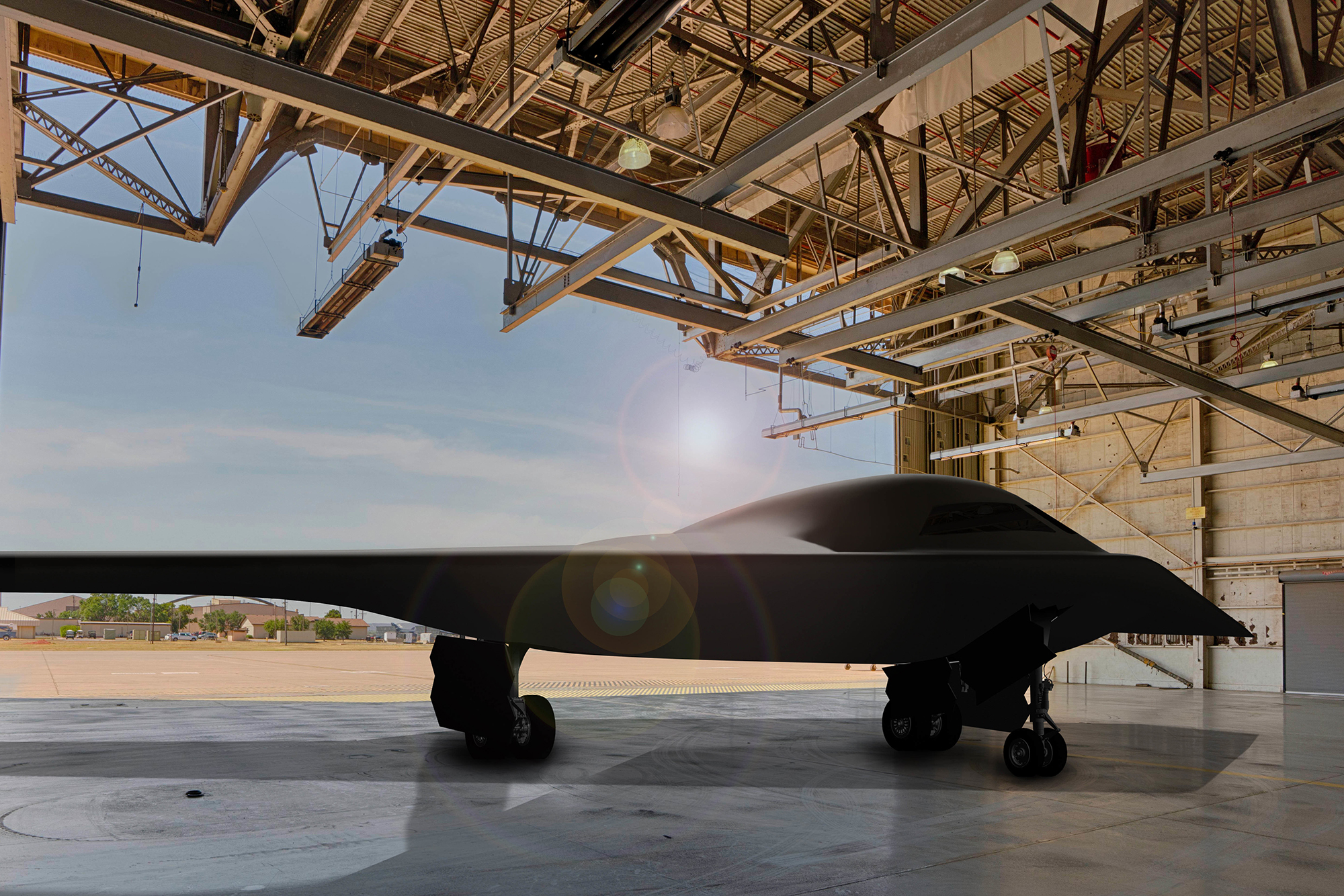The Eagle has started its departure.
Kadena Air Base, Japan, bid farewell to a batch of F-15C Eagles on Dec. 1, as the Air Force began the two-year process of retiring the base’s aging fighters.
The 18th Wing at Kadena did not specify, in its announcement, how many F-15s were leaving in this first reduction, but an image shared by the wing showed eight fighters preparing for a final takeoff.
The long-term plan is to retire all 48 F-15C/Ds from Kadena by the end of 2024.
According to the press release, these first F-15Cs flew to Kingsley Field Air National Guard Base, Ore. From there, some will continue service with different Air National Guard units, while others will head to the Boneyard at Davis-Monthan Air Force Base, Ariz.
The departing F-15s will be backfilled by a rotation of newer, more advanced fighters, as officials say the F-15C/D models have become too old and out of date for a contested environment. Kadena, located on the island of Okinawa, is the Air Force’s closest land-based location to Taiwan, some 450 miles away.
Already, F-22s from the 3rd Wing at Joint Base Elmendorf-Richardson, Alaska, have arrived at the base.
“While I’m sad to see the F-15 go, it’s important to maintain an advanced fighter presence here in Okinawa,” 18th Wing commander Brig. Gen. David S. Eaglin said in a statement. “Our adversaries have advanced and progressed since 1979, and we must do the same. I look forward to the future as we work through the challenges of divesting an airframe that served admirably as we modernize our defenses and evolve to the threats we face today.”
After the F-22s rotate through Kadena, F-16s from Spangdahlem Air Base, Germany, are expected to arrive, with the likely long-term replacement being F-15EXs.
F-15Cs and Ds have been stationed at Kadena for more than 40 years—the first fighters arrived on the island in the fall of 1979. In that time, the aircraft and the 18th Wing Airmen flying it established a record of 104 kills compared to zero losses in air-to-air combat, Eaglin noted.
Their departure comes at a critical juncture for the Air Force in the Pacific, as leaders increasingly emphasize competition with China while also pushing for widespread modernization, including newer aircraft that can penetrate and survive in contested airspace.
Pacific Air Forces has F-22s stationed in Alaska and at Joint Base Pearl Harbor-Hickam, Hawaii, and F-35s based at Eielson Air Force Base, Alaska, but no fifth-generation fighters permanently based in East Asia. And the lack of an advanced replacement for the F-15Cs at Kadena highlights the service’s need for more capacity, some observers have argued.
Retired Lt. Gen. David A. Deptula, dean of AFA’s Mitchell Institute for Aerospace Studies, previously told Air & Space Forces Magazine that the move demonstrates “consistent underfunding of the Air Force over 30 years.” The lack of an immediate, ready-to-go successor for the aged F-15s at the base shows the “neglect and shortsightedness” of “Presidential, Congressional, and Department of Defense leadership decisions made over the past three decades.” In recent years, to pay for new system development, the Air Force has had to “cut its force structure with no replacements,” he said. Thus, the vacuum left by the retirements “should not be a surprise.”
